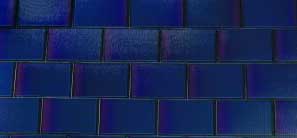I talked to a Tesla Energy (Solar City) guy in Home Depot today and asked when Solar Roof would be generally available. He said that they had had an employee meeting just yesterday at which they were told that Solar Roof is still in beta and the company is trying to judge market demand before committing to actual commercial scale production. He had the impression that production might be a year or more away. He had no idea how "market demand" would be determined.
No details were passed on to field employees about installation methods or how active tiles might be ganged together into strings, nor whether there would be power optimizers to compensate for shaded tiles or different sun exposures of various areas of roof.
No details were passed on to field employees about installation methods or how active tiles might be ganged together into strings, nor whether there would be power optimizers to compensate for shaded tiles or different sun exposures of various areas of roof.








